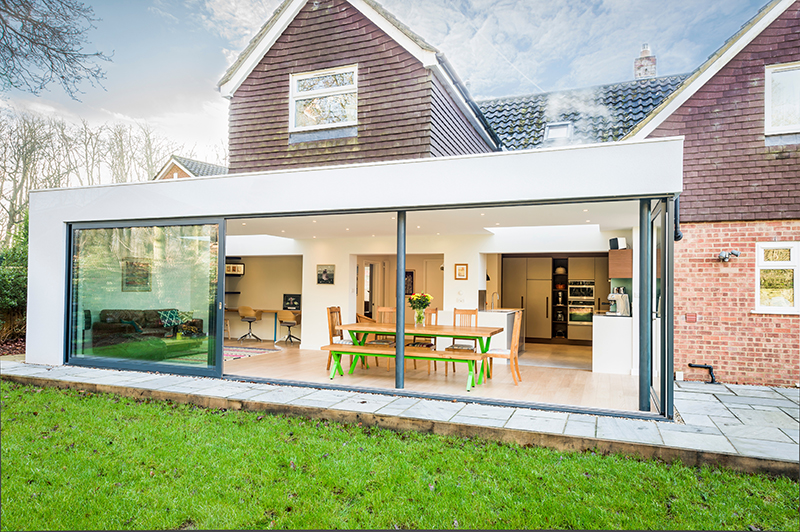Are Open Plan Houses a Good Idea?
Open-plan houses have gained tremendous popularity in recent years, with many homeowners opting for spacious, interconnected living spaces instead of traditional segmented layouts. The concept of open-plan living involves removing walls or partitions that separate different functional areas, such as the kitchen, dining area, and living room, to create a seamless and fluid living space. While open-plan houses offer several advantages, they also come with their fair share of considerations.
One of the primary benefits of open-plan houses is the enhanced sense of space and light they provide. By eliminating barriers, natural light can flow more freely throughout the area, making the entire space feel larger, brighter, and more welcoming. Open-plan layouts also foster a sense of togetherness, as family members can easily interact and engage in various activities while still being in the same space. This promotes better communication, encourages social interaction, and allows for a more inclusive living experience.
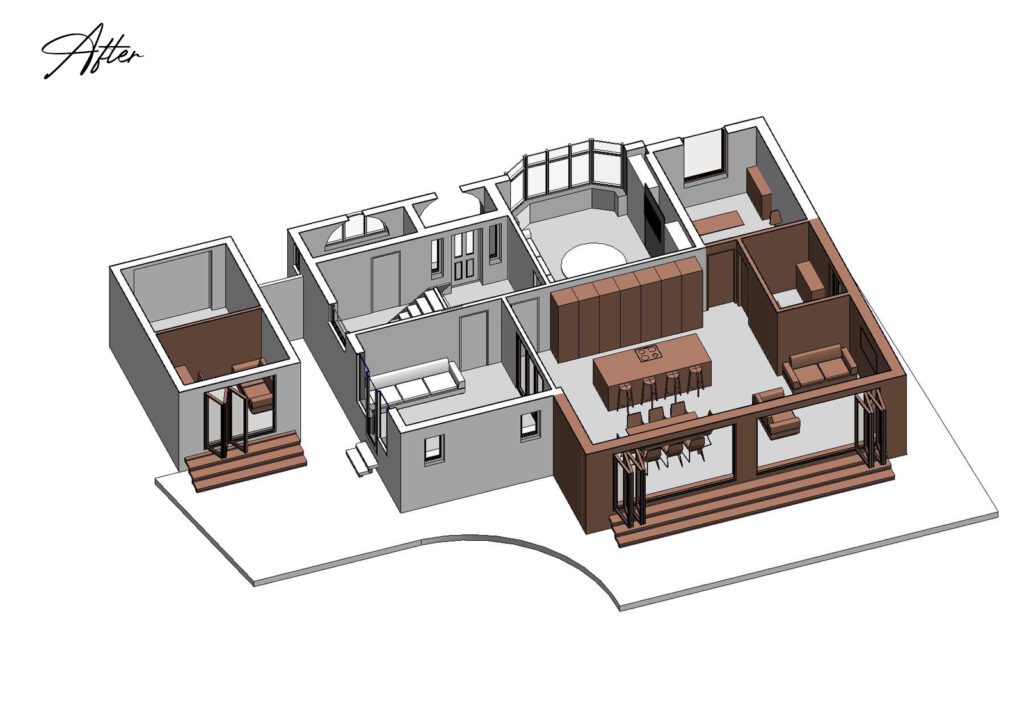

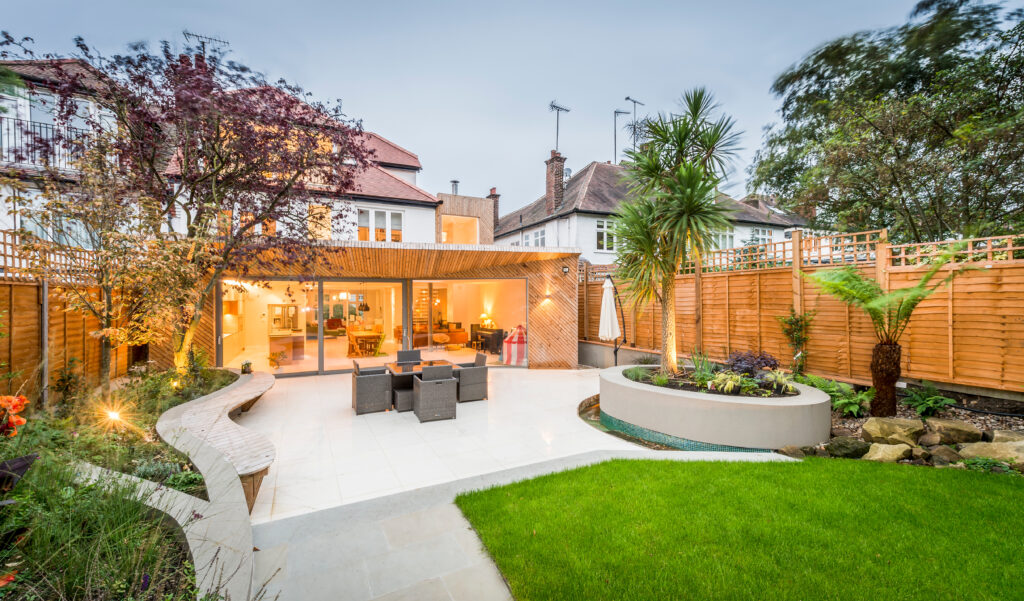

Flexibility is another advantage that open-plan houses offer. With fewer walls and defined boundaries, homeowners have greater freedom in arranging furniture and creating versatile living arrangements. This adaptability is particularly valuable in accommodating different needs and lifestyles. Whether it’s hosting a large gathering or rearranging furniture to suit a specific purpose, open-plan houses provide the flexibility to transform the space according to individual preferences.
Open-plan houses are also known for their ability to foster a more connected and cohesive atmosphere. By integrating various living areas, individuals can seamlessly transition from one activity to another without feeling isolated or disconnected from others. Parents can easily keep an eye on their children while preparing meals, and conversations can flow uninterrupted across the space. This connectivity promotes a sense of unity and strengthens relationships within the household.
However, it is important to consider the potential drawbacks of open-plan houses. One significant concern is the lack of privacy and noise control. Without walls to separate different areas, activities in the kitchen or living room can be heard throughout the entire space, making it difficult to find solitude or quiet. This can be particularly challenging in households where multiple generations or individuals with different schedules coexist. Additionally, open-plan designs may limit opportunities for creating designated workspaces or quiet retreats, which can be essential for productivity or relaxation.
Another consideration is the potential for increased energy consumption. Open-plan houses often require more heating or cooling to maintain a comfortable temperature throughout the entire space. Without barriers to contain airflow, it can be more challenging to regulate the temperature effectively. This can result in higher energy bills and a less environmentally friendly living environment.
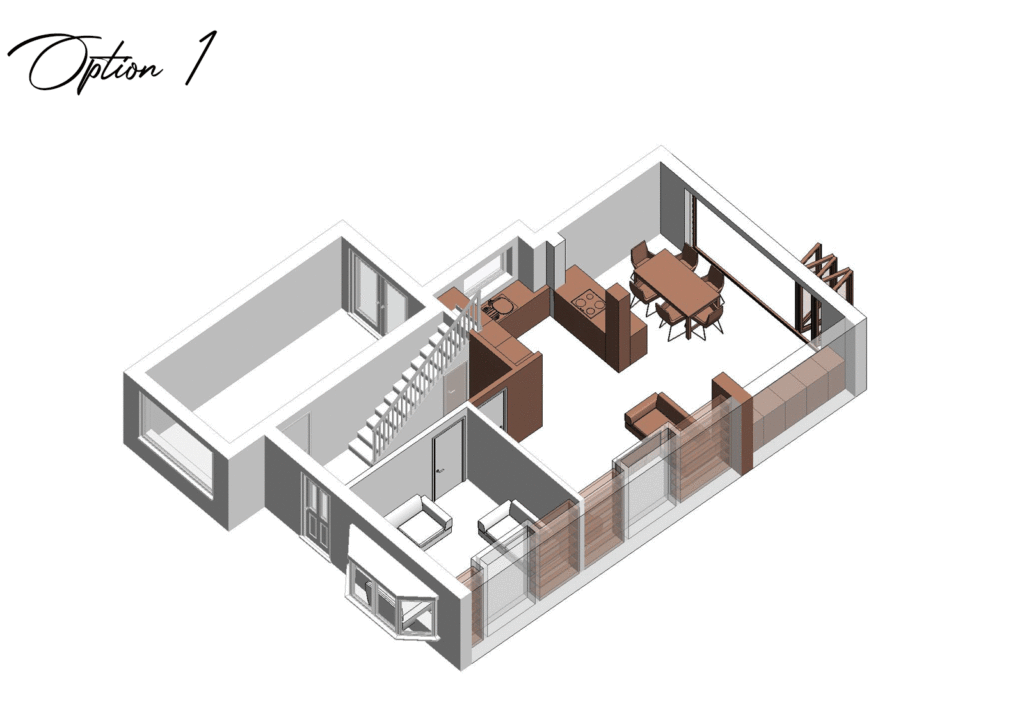

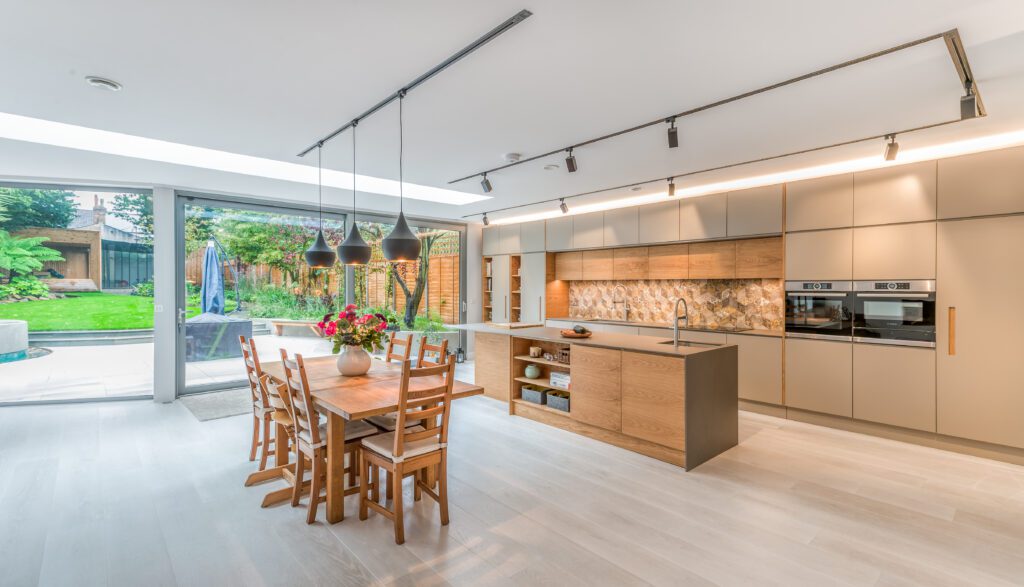

Ultimately, the suitability of open-plan houses depends on individual preferences and lifestyle. While they offer numerous advantages such as increased social interaction, flexibility, and a sense of spaciousness, it is essential to weigh these benefits against the potential drawbacks of reduced privacy and increased energy consumption. It may be worthwhile to consider a hybrid approach that combines open-plan areas with designated private spaces to strike a balance between openness and privacy.
When contemplating an open-plan design, careful consideration of the household’s specific needs, preferences, and potential lifestyle changes is crucial. By weighing the pros and cons, homeowners can make an informed decision about whether an open-plan house is a good idea for them.

